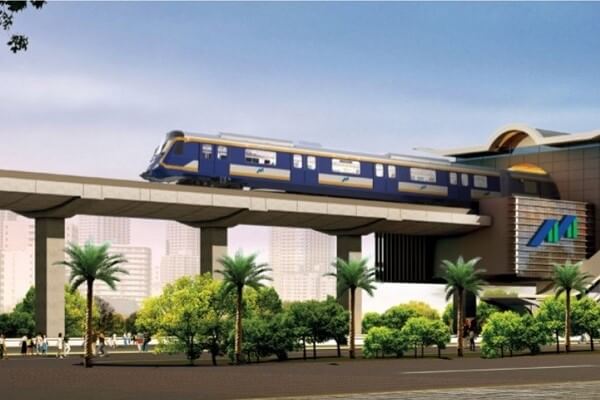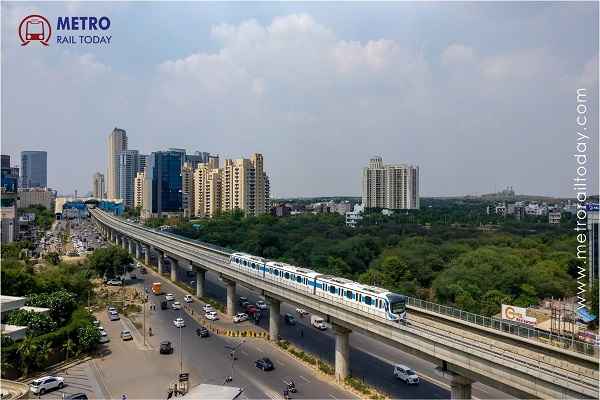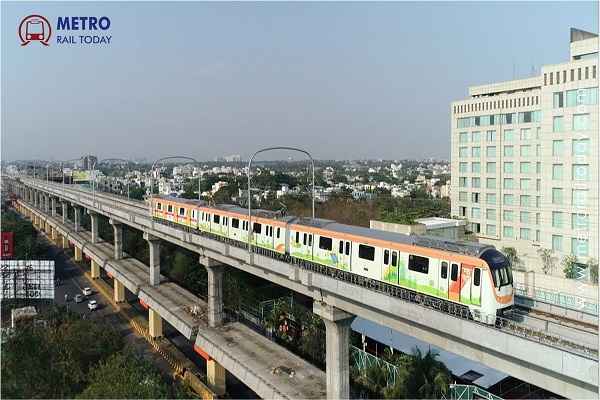 Three firms bid for Automatic Fare Collection System Contract for Nagpur Metro Phase 2
Three firms bid for Automatic Fare Collection System Contract for Nagpur Metro Phase 2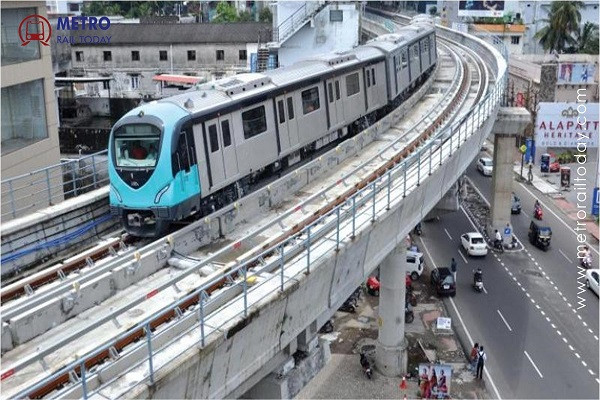 Three Firms shortlisted for Third Rail Electrification Contract of Kochi Metro Phase 2
Three Firms shortlisted for Third Rail Electrification Contract of Kochi Metro Phase 2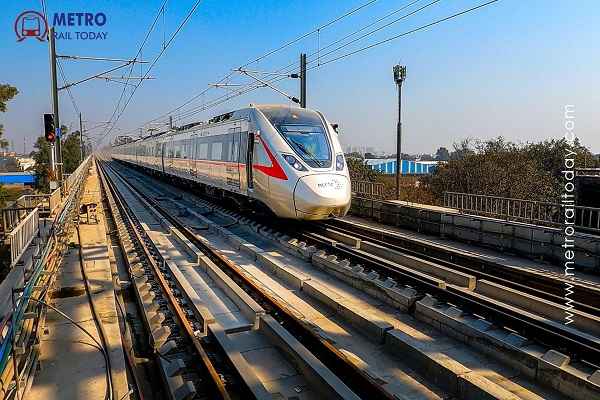 Construction for Delhi-Gurugram-Alwar Namo Bharat RRTS Corridor likely to begin in August 2026
Construction for Delhi-Gurugram-Alwar Namo Bharat RRTS Corridor likely to begin in August 2026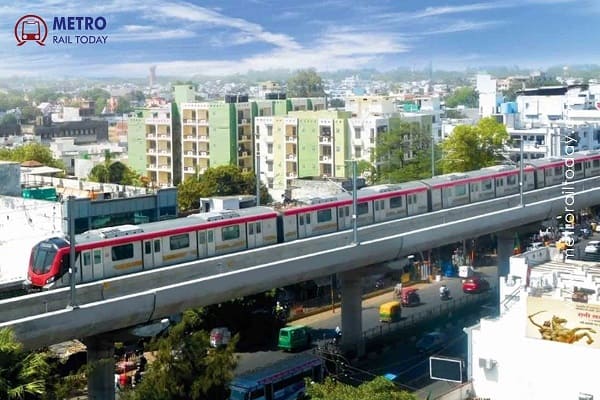 Two firms compete for Detailed Design Consultancy Contract of Lucknow Metro Line 2
Two firms compete for Detailed Design Consultancy Contract of Lucknow Metro Line 2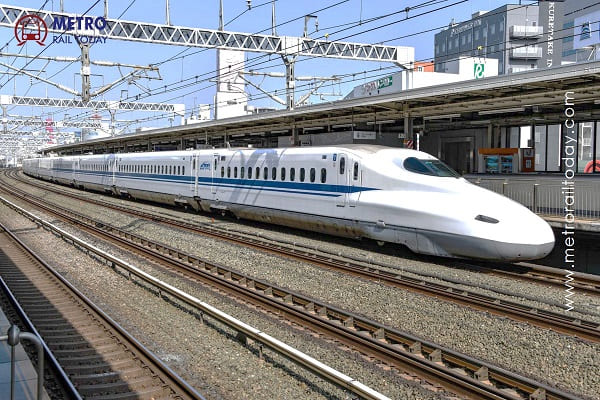 First tender launched for 240 km Amritsar–Jammu High-Speed Bullet Train Corridor
First tender launched for 240 km Amritsar–Jammu High-Speed Bullet Train Corridor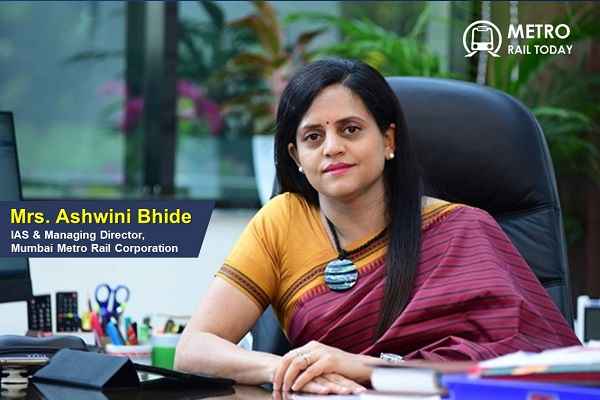 How Ashwini Bhide’s vision shaped Mumbai Metro Line 3 and redefined Urban Mobility?
How Ashwini Bhide’s vision shaped Mumbai Metro Line 3 and redefined Urban Mobility?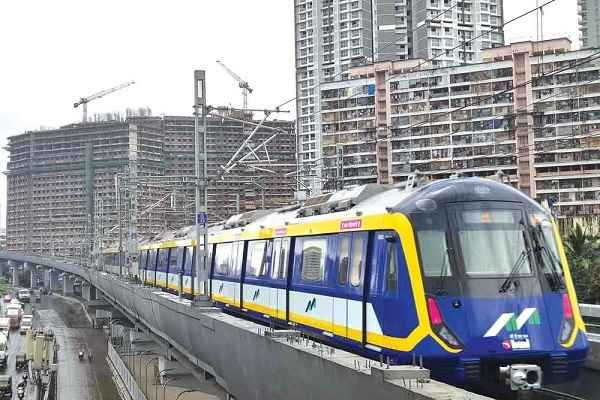 Titagarh Rail Systems Bags ₹2,481 Crore Rolling Stock Contract for Mumbai Metro Line 5
Titagarh Rail Systems Bags ₹2,481 Crore Rolling Stock Contract for Mumbai Metro Line 5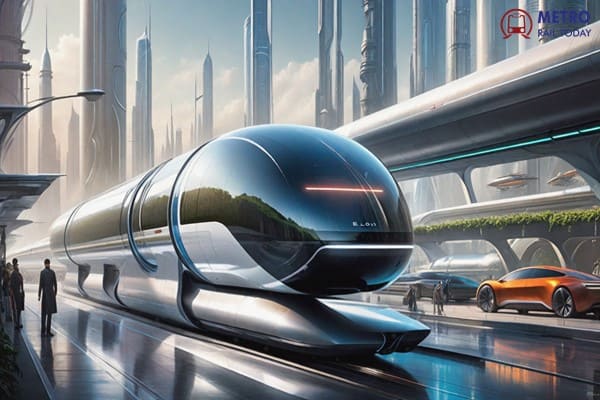 DP World, Deendayal Port and Nevomo join hands to Pilot Magnetic Rail Cargo Movement in India
DP World, Deendayal Port and Nevomo join hands to Pilot Magnetic Rail Cargo Movement in India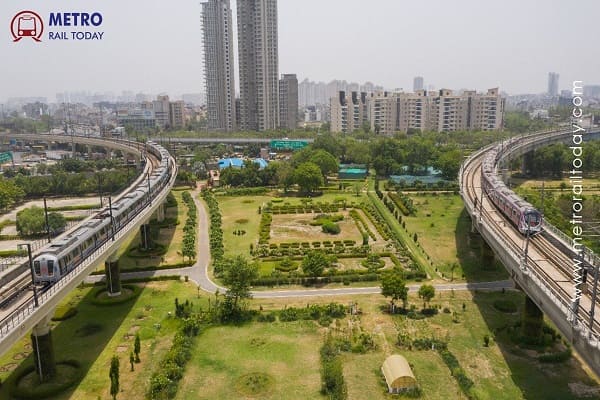 DMRC signs MoU with MapMyIndia to intergrate Delhi Metro Rail Network with Mappls App
DMRC signs MoU with MapMyIndia to intergrate Delhi Metro Rail Network with Mappls App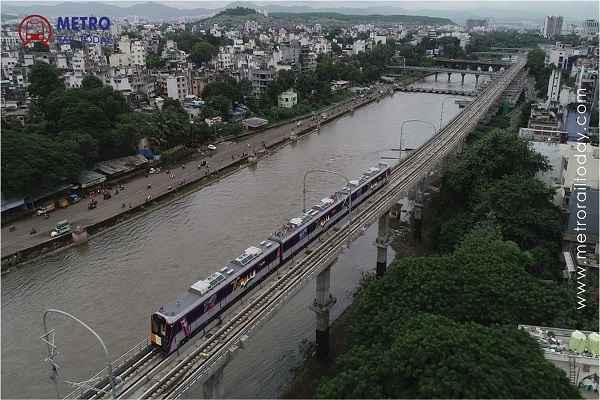 Maharashtra approves Tripartite MoU for Pune Metro Phase 2 Extensions
Maharashtra approves Tripartite MoU for Pune Metro Phase 2 Extensions
Rail Technology and latest innovations in Railway sector
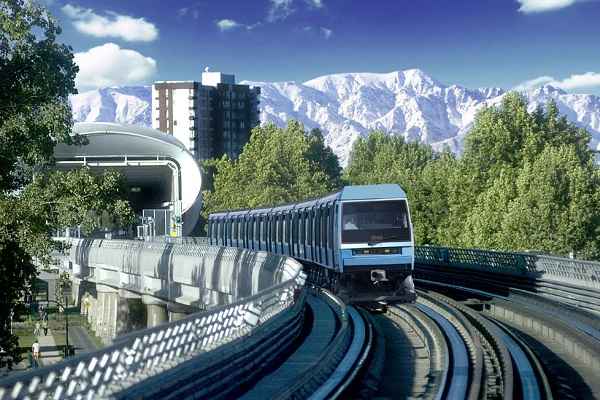
Rail technology refers to the various advancements and innovations in the field of railways and train systems. It encompasses a wide range of areas, including train design, infrastructure, signaling and control systems, power supply, and passenger experience. Here are some key aspects of rail technology:
1. High-Speed Rail: High-speed rail systems are designed to operate at significantly faster speeds than conventional trains. These systems utilize advanced train designs, dedicated tracks, and specialized infrastructure to achieve high speeds. Examples of high-speed rail networks include the Shinkansen in Japan, the TGV in France, and the China Railway High-speed (CRH) network.
2. Maglev Technology: Maglev, short for magnetic levitation, is a rail technology that uses magnetic fields to propel trains. Maglev trains "float" above the track, eliminating friction and allowing for very high speeds. Maglev systems have been implemented in countries like Japan (with the SCMaglev), China (with the Shanghai Maglev Train), and South Korea (with the Incheon Airport Maglev).
3. Automated Train Control: Advanced signaling and control systems are crucial for the safe and efficient operation of railway networks. Automated train control systems employ technologies such as automatic train protection (ATP), automatic train operation (ATO), and communication-based train control (CBTC) to monitor and control train movements, ensuring safety, optimizing capacity, and reducing human errors.
4. Energy Efficiency and Sustainability: Rail technology is continually evolving to improve energy efficiency and reduce environmental impact. Innovations include regenerative braking systems that capture and reuse energy, lightweight materials for train construction, and the use of renewable energy sources for powering trains, such as solar or wind power.
5. Passenger Experience and Comfort: Rail technology focuses on enhancing the passenger experience. This includes innovations in train interior design, seating comfort, onboard entertainment, Wi-Fi connectivity, and improved accessibility features for people with disabilities. Some high-speed trains even offer premium amenities like luxury seating, dining options, and business-class facilities.
6. Maintenance and Condition Monitoring: Rail technology includes advancements in maintenance and condition monitoring systems. These systems use sensors, data analytics, and predictive maintenance techniques to monitor the health of trains, tracks, and infrastructure. By detecting issues in real-time and scheduling maintenance proactively, rail operators can improve reliability, reduce downtime, and optimize maintenance costs.
7. Interoperability and Connectivity: Rail technology is increasingly focused on ensuring interoperability and seamless connectivity between different rail systems and modes of transportation. This includes integrating rail networks with other modes of transport, such as buses, trams, and metros, to create integrated multi-modal transportation systems. Ticketing systems, timetable synchronization, and real-time information sharing contribute to smoother interconnectivity.
8. Future Developments: Rail technology is continuously evolving. Future developments may include the implementation of hyperloop systems, which utilize vacuum tubes to propel capsules at high speeds, as well as the introduction of autonomous trains that operate without onboard drivers. These innovations have the potential to further revolutionize rail transportation.
Several recent innovations have been shaping the railway industry, improving efficiency, safety, sustainability, and passenger experience. Here are some of the latest innovations in railways:
1. Digitalization and Connectivity: Railways are embracing digital technologies to enhance connectivity and improve operations. This includes the use of Internet of Things (IoT) sensors to monitor train and track conditions, real-time data analytics for predictive maintenance, and digital platforms for passenger information and ticketing. Digitalization also enables better integration with other modes of transportation, such as seamless connections with bus and metro networks.
2. Positive Train Control (PTC): PTC is an advanced train control system that uses a combination of GPS, wireless communication, and onboard systems to monitor and control train movements. PTC can automatically enforce speed limits, provide collision avoidance, and enhance safety by preventing train-to-train collisions, overspeeding, and unauthorized movements.
3. Intelligent Infrastructure: Railway infrastructure is becoming smarter with the integration of advanced technologies. For example, sensors embedded in tracks can monitor temperature, stress, and wear, allowing for early detection of defects and timely maintenance. Smart switches and crossings improve operational efficiency by optimizing train movements and reducing delays.
4. Energy Efficiency and Sustainability: Railways are increasingly focusing on energy efficiency and sustainability measures. Regenerative braking systems capture and store energy during braking, which can be reused to power trains. Renewable energy sources, such as solar panels and wind turbines, are being integrated into railway infrastructure to reduce reliance on conventional power grids. Additionally, lightweight materials and aerodynamic designs are being employed to enhance energy efficiency.
5. Advanced Train Designs: Train manufacturers are developing innovative train designs to improve performance and passenger comfort. This includes aerodynamic train shapes to reduce drag and energy consumption, advanced suspension systems for smoother rides, and interior layouts optimized for passenger flow and comfort. Some trains also incorporate intelligent seating arrangements, entertainment systems, and improved accessibility features.
6. Augmented Reality and Virtual Reality: Railways are utilizing augmented reality (AR) and virtual reality (VR) technologies for various purposes. These technologies can be used for training purposes, allowing employees to simulate maintenance procedures, emergency scenarios, and virtual inspections. AR and VR can also enhance the passenger experience by providing interactive information, virtual tours, and entertainment options during train journeys.
7. Advanced Security and Safety Systems: Railway security systems have been enhanced with advanced technologies. This includes the use of video surveillance, facial recognition, and AI-powered analytics to monitor stations, trains, and tracks. These systems help detect suspicious activities, manage crowd flow, and ensure passenger safety.
8. Hyperloop Technology: Although still in the experimental phase, hyperloop technology has gained attention as a potential revolutionary transportation mode. Hyperloop systems use magnetic levitation and low-pressure tubes to transport pods or capsules at high speeds. This technology has the potential to significantly reduce travel times between cities and revolutionize long-distance transportation.
Rail technology plays a vital role in providing efficient, safe, and sustainable transportation options. The ongoing advancements in rail technology aim to enhance performance, capacity, energy efficiency, passenger comfort, and overall transportation systems integration.
These innovations, among others, are continually evolving to transform the railway industry, improving efficiency, sustainability, safety, and passenger experience.





